Growing Focus on Energy Efficiency
Energy efficiency remains a pivotal driver for the Electrochromic Material Market. As energy costs continue to rise, both residential and commercial sectors are seeking innovative solutions to reduce energy consumption. Electrochromic materials, which can adjust their transparency based on light conditions, contribute to significant energy savings by minimizing the need for artificial lighting and climate control. Reports indicate that buildings utilizing electrochromic windows can achieve energy savings of up to 30%. This growing emphasis on sustainability and energy efficiency is likely to propel the demand for electrochromic materials in various applications.
Expansion in Architectural Applications
The architectural sector is increasingly embracing electrochromic materials, which is a key driver for the Electrochromic Material Market. Architects and builders are recognizing the benefits of smart glass technologies that enhance aesthetic appeal while providing functional advantages. Electrochromic windows can adapt to changing light conditions, improving occupant comfort and reducing glare. The market for smart glass in architecture is expected to grow at a compound annual growth rate of over 20% in the coming years. This expansion indicates a strong potential for electrochromic materials to become a standard feature in modern architectural designs.
Increasing Adoption in Automotive Sector
The Electrochromic Material Market is experiencing a notable surge in demand from the automotive sector. As manufacturers increasingly prioritize energy efficiency and passenger comfort, electrochromic materials are being integrated into vehicle windows and mirrors. This technology allows for dynamic tinting, which can reduce glare and enhance privacy. According to recent data, the automotive segment is projected to account for approximately 30% of the overall market share by 2026. This trend is further fueled by consumer preferences for advanced features in vehicles, suggesting a robust growth trajectory for the electrochromic materials used in automotive applications.
Technological Advancements in Manufacturing
Technological advancements in the production of electrochromic materials are significantly influencing the Electrochromic Material Market. Innovations in material science and manufacturing processes are leading to the development of more efficient and cost-effective electrochromic devices. For instance, the introduction of new polymer-based materials has improved the performance and durability of electrochromic films. As production costs decrease and performance improves, the accessibility of these materials is likely to increase, thereby expanding their application across various industries. This trend suggests a promising future for the electrochromic materials market.
Regulatory Support for Sustainable Technologies
Regulatory frameworks promoting sustainable technologies are acting as a catalyst for the Electrochromic Material Market. Governments worldwide are implementing policies that encourage the adoption of energy-efficient solutions in construction and transportation. Incentives for using smart materials, including electrochromic technologies, are becoming more prevalent. This regulatory support not only enhances market visibility but also encourages investment in research and development. As a result, the electrochromic materials market is likely to benefit from increased funding and innovation, further solidifying its position in the sustainable technology landscape.



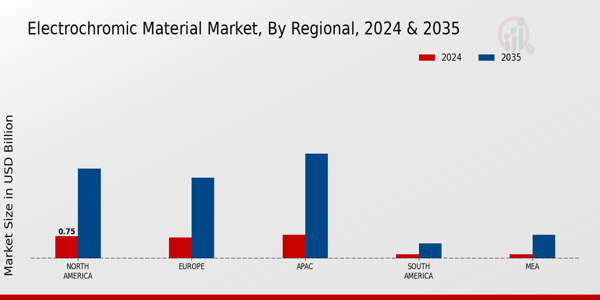
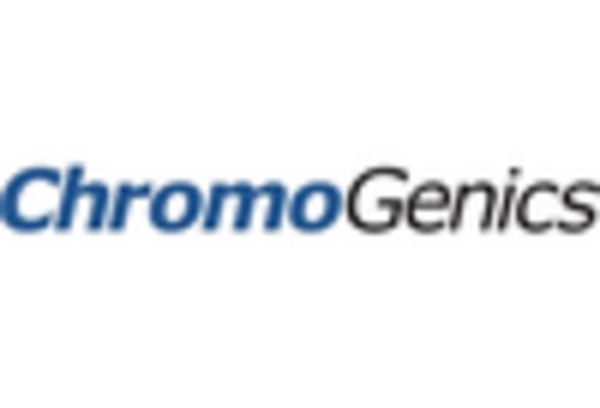
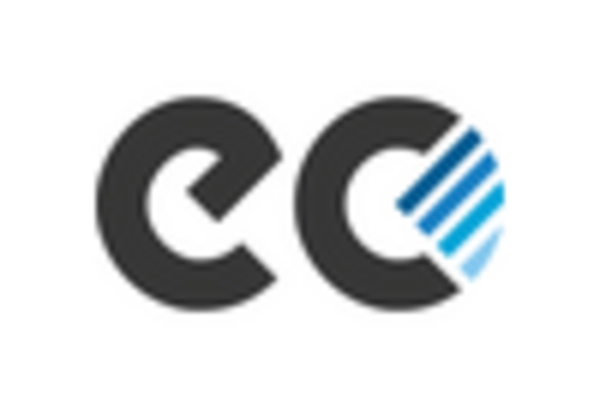
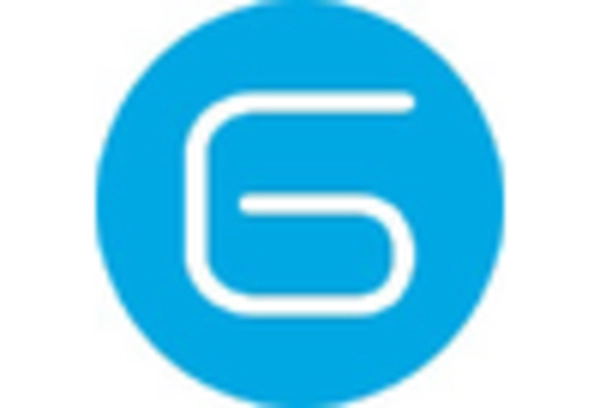
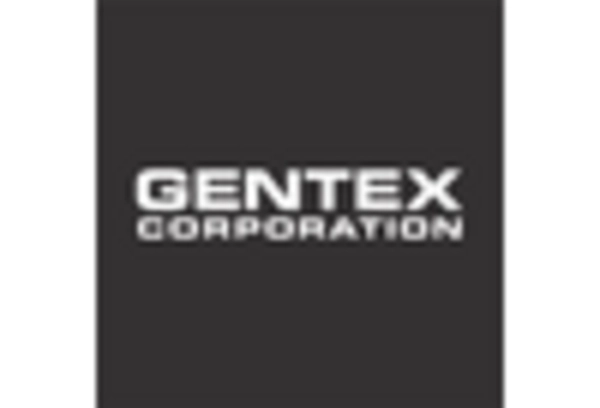
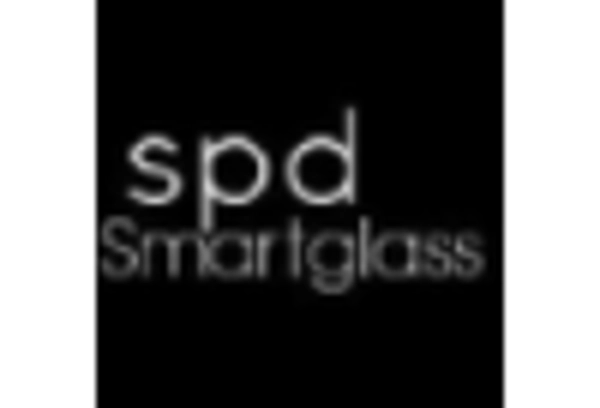
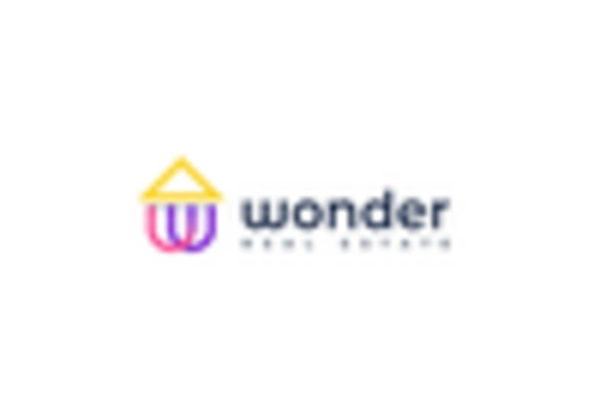








Leave a Comment